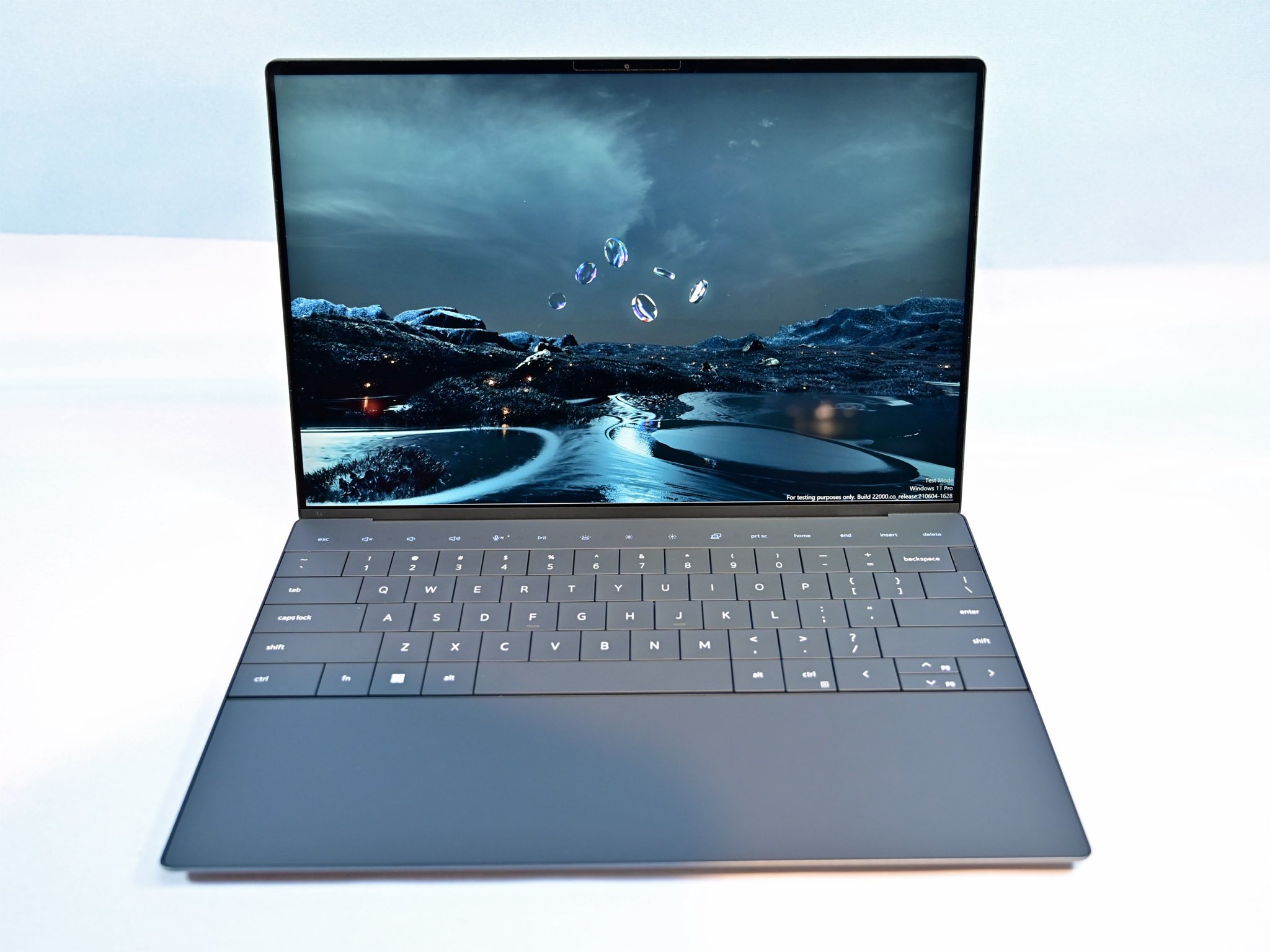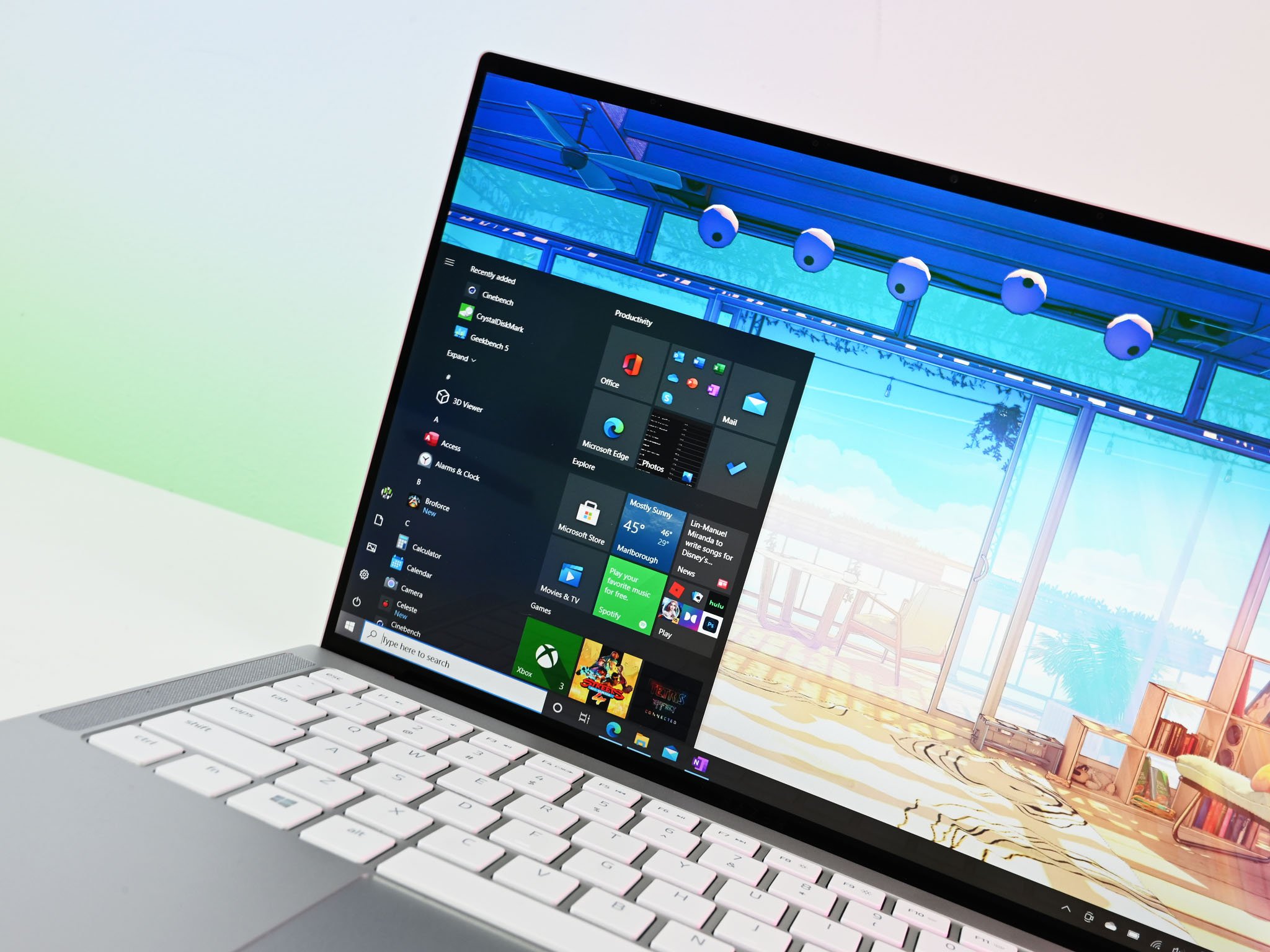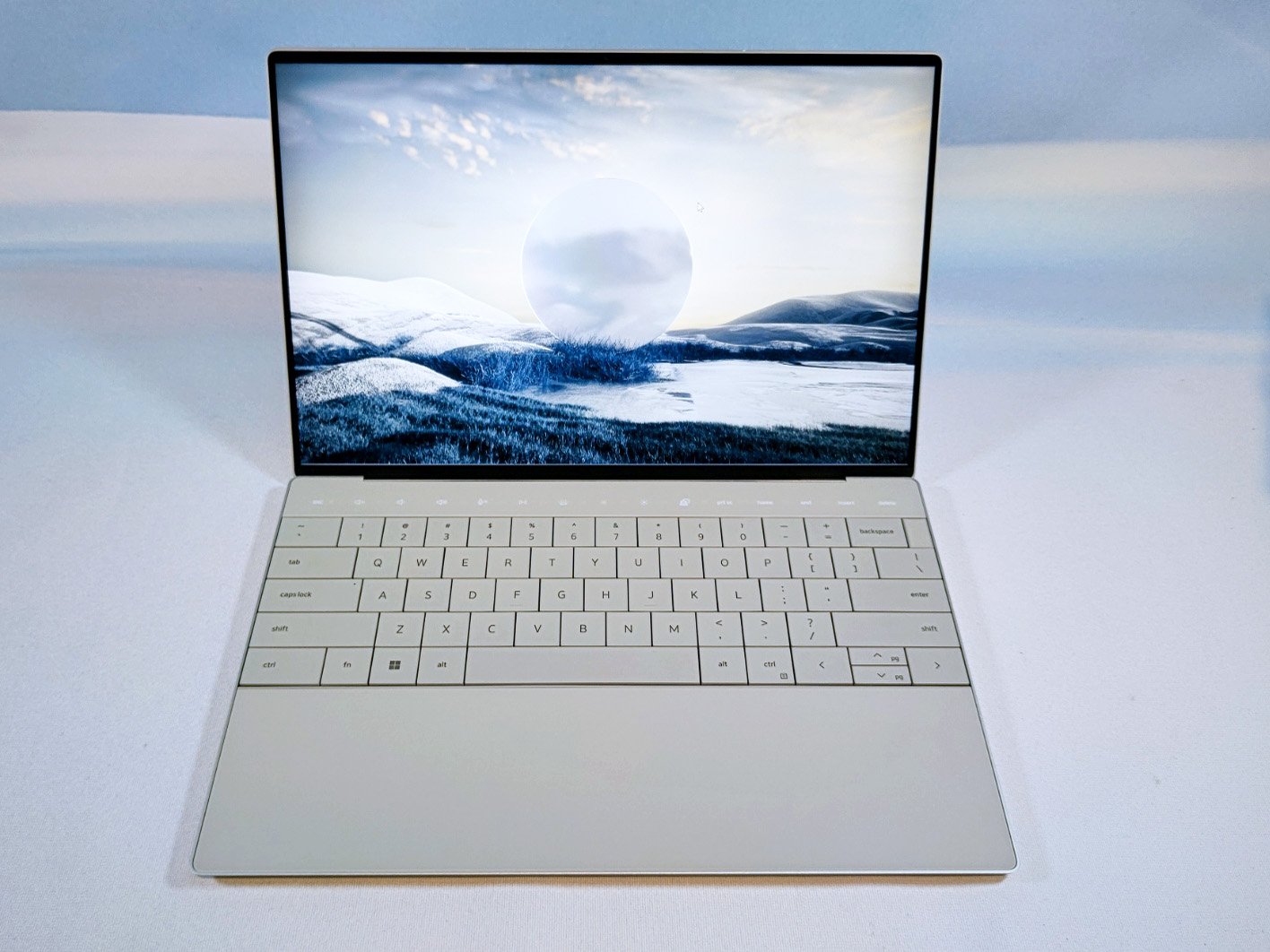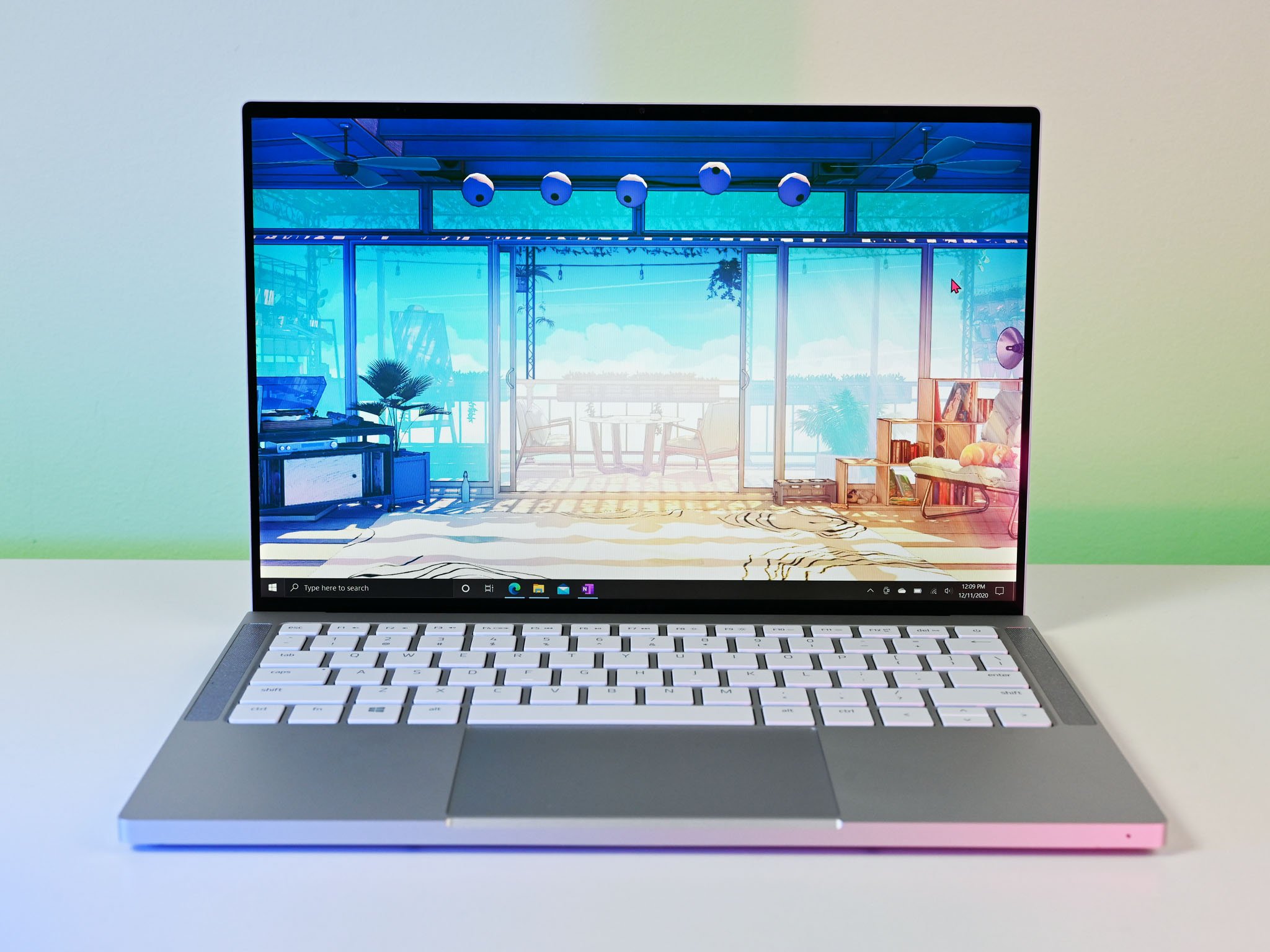Razer Book 13 vs. Dell XPS 13 Plus

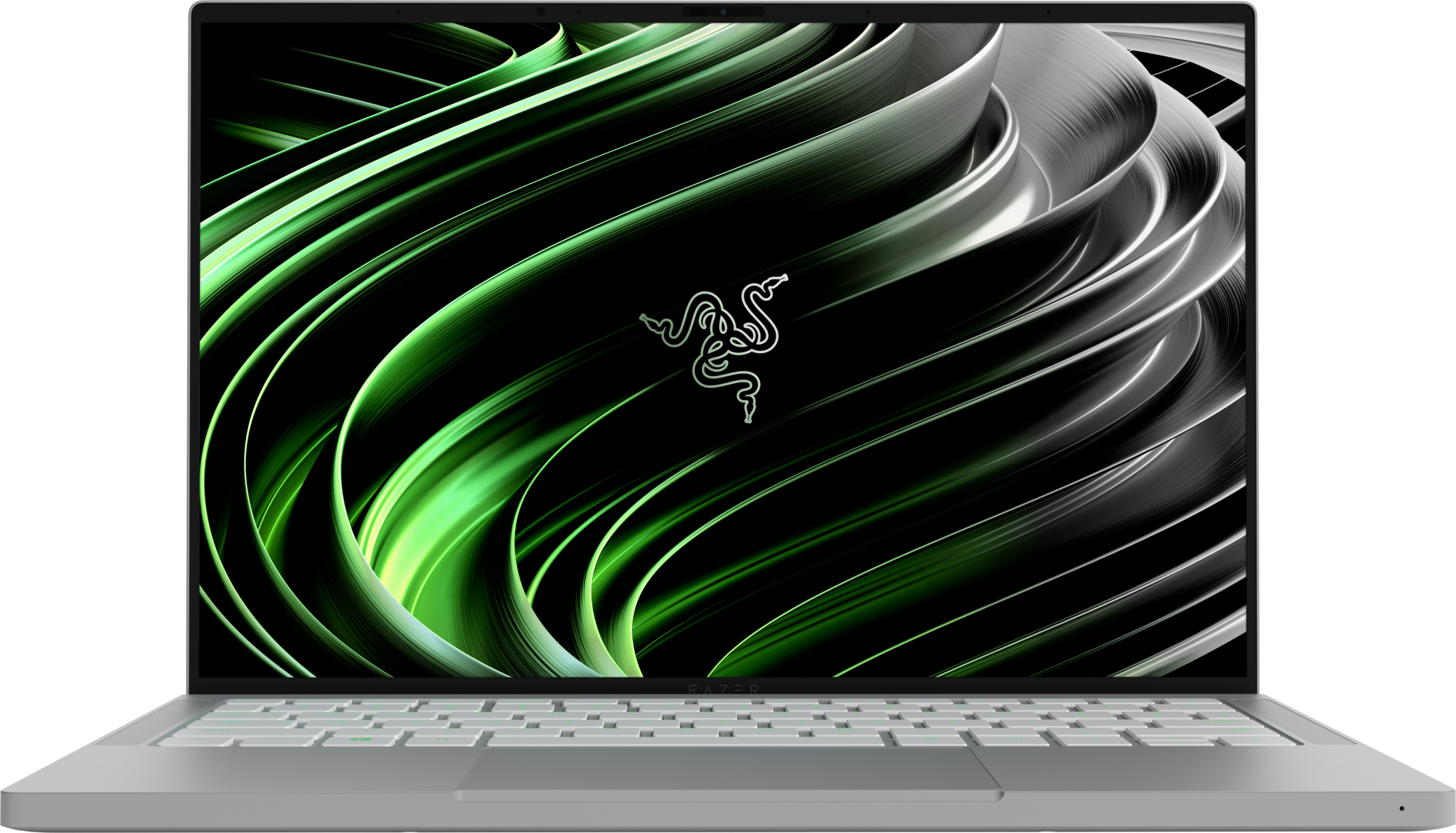
New ground
For Razer's first true Ultrabook, the company hit it out of the park. The design, hardware, and performance all put the Razer Book 13 on par with the very best the category has to offer, doing all the right things.
Pros
- Gorgeous design
- 11th Gen Intel and EVO-certified hardware flies
- Brilliant IGZO display
- Great keyboard
- Loud speakers with THX Spatial Audio
- Decent port selection
Cons
- No 12th Gen Intel CPUs
- Slightly heavier
- Fewer display options, no Dolby Vision

The best redesigned
The new Dell XPS 13 Plus (9320) has been redesigned with a new keyboard, haptic touchpad, capacitive function buttons, more speakers, more powerful performance hardware, and more.
Pros
- Redesign is stunning
- 12th Gen Intel Core CPUs, LPDDR5 RAM, PCIe 4 storage
- New larger keyboard, haptic touchpad
- Slightly lighter
- Beautiful display options
Cons
- Fewer ports
- Improved webcam but still at 720p
- Costs more
Choosing between these two is possibly one of the more challenging choices you could make. The Razer Book 13 and the Dell XPS 13 Plus are two of the best Windows laptops you can get right now, so while there isn't really a right or wrong answer, choosing the one for you can be tough.
Razer Book 13 vs Dell XPS 13 Plus: Tech specs
These two laptops come with quite a few configuration options, especially if you buy from their respective official manufacturer websites. Here's a breakdown of all the specs you can find.
| Header Cell - Column 0 | Razer Book 13 | Dell XPS 13 Plus |
|---|---|---|
| OS | Windows 11 Home | Windows 11 Home Windows 11 Pro Ubuntu |
| Processor | 11th Gen Intel Core i5-1135G7 Core i7-1165G7 | 12th Gen Intel Core i5-1240P Core i7-1260P Core i7-1280P |
| RAM | 8GB, 16GB LPDDR4x-4267 Dual-channel Onboard | 8GB, 16GB, 32GB LPDDR5-5200 Dual-channel Onboard |
| Graphics | Intel Iris Xe | Intel Iris Xe |
| Storage | 256GB, 512GB, 1TB M.2 PCIe 3.0 SSD Upgradeable | 512GB, 1TB, 2TB M.2 PCIe 4.0 SSD Upgradeable |
| Display | 13.4 inches 16:10 aspect ratio 1920x1200 (FHD+) 100% sRGB, matte, non-touch, 60Hz 1920x1200 (FHD+) 100% sRGB, anti-reflective, touch, 60Hz 3840x2400 (UHD+) 100% sRGB, anti-reflective, touch, 60Hz | 13.4 inches 16:10 aspect ratio Dolby Vision 1920x1200 (FHD+) Non-touch, 60Hz, 500 nits, anti-glare 1920x1200 (FHD+) Touch, 60Hz, 500 nits, anti-glare 3456x2160 (3.5K) OLED, touch, 60Hz, anti-reflective, 400 nits 3840x2400 (UHD+) Touch, 60Hz, anti-reflective, 500 nits |
| Ports | Two Thunderbolt 4 USB-A 3.2 HDMI 2.0 microSD card reader 3.5mm audio | Two Thunderbolt 4 |
| Audio | Dual top-firing speakers THX Spatial Audio | Two top-firing speakers Two down-firing speakers |
| Wireless | Intel Wi-Fi 6 AX201 Bluetooth 5.1 | Intel Killer Wi-Fi 6 AX211 Bluetooth 5.2 |
| Camera | Front-facing 720p IR camera | Front-facing 720p IR camera |
| Keyboard | Per-key RGB backlight Razer Chroma | Capacitive function buttons Gapless keycaps |
| Touchpad | Precision | Haptic |
| Security | IR camera | IR camera Fingerprint reader |
| Battery | 56Wh | 55Wh |
| Dimensions | 11.6 x 7.8 x 0.6 inches (295.6mm x 198mm x 15mm) | 11.63 x 7.84 x 0.6 inches (295mm x 199mm x 15mm) |
| Weight | From 2.95 pounds (1.34kg) | From 2.71 pounds (1.23kg) |
| Color | Mercury Quartz | Platinum Graphite |
Design and features
How exactly do you choose between two of the best Ultrabooks you can currently buy? The older XPS 13 (9310) model and the Razer Book 13 were very closely matched, but that's changed a bit with the launch of the XPS 13 Plus (9320). The refresh to Dell's laptop will likely make your decision a bit easier, at least if you want all of the latest performance hardware and a fresh design.
The Razer Book 13 is quite fetching in its own right thanks to an aluminum build and clean lines. In his Razer Book 13 review, Executive Editor Daniel Rubino said "[it] can be best described as pristine." It was originally only available in a Mercury color, but a new Quartz option was recently added. The size of these laptops, right down to thickness, is nearly identical, but the XPS 13 Plus does weigh just a bit less.
While the Book 13 has more of a traditional design with spaced keyboard, visible top-firing speakers, and a sizable Precision touchpad, Dell has made some huge changes to its XPS 13 Plus. The keyboard now stretches from edge to edge with hardly any spacing between the keys. The function row now uses capacitive touch buttons with LEDs, and there's no longer a physical touchpad. Instead, a glass palmrest hides a haptic touchpad that simulates real clicks. It all adds up to an impressive look that minimalists will love.
Underneath the XPS 13's keyboard are two extra speakers to complement those on the bottom. These help it compete with the Razer Book 13's impressive top-firing speakers with THX Audio tuning. As for ports, the Book 13 is a clear winner. It comes with dual Thunderbolt 4, USB-A 3.2, HDMI 2.0, a microSD card reader, and a 3.5mm audio jack. Dell has eliminated everything but two Thunderbolt 4 ports on its PC. Either laptop will be able to hook up to the best Thunderbolt 4 docks, though the Book 13 gives you much more freedom to operate without.
Both laptops come with a front-facing 720p camera and IR sensor for facial recognition through Windows Hello. Dell separated the RGB and IR components this time around, freeing up about 20% more pixels for better picture quality. Both laptops come with Wi-Fi 6 and modern Bluetooth for wireless connectivity. Only the XPS 13 Plus comes with a fingerprint reader.
All the latest news, reviews, and guides for Windows and Xbox diehards.
Displays
The move to a taller 16:10 aspect ratio is evident here in both laptops; displays are sized at 13.4 inches with a boosted screen resolution to cover the extra space. You'll get an impressive display no matter which laptop you ultimately choose, but there are some differences to make note of.
The Razer Book 13's three displays include two FHD+ in touch and non-touch, each with 100% sRGB color and a 60Hz refresh rate. The touch version has an anti-reflective finish, while the non-touch version is matte. There's also a UHD+ option with 100% sRGB color, anti-reflective coating, touch, and 60Hz refresh rate. These are IGZO displays, the same that Dell uses in its XPS lineup.
Dell offers four display options for its XPS 13 Plus. All offer Dolby Vision compatibility and a 60Hz refresh rate. Like the Book 13, there are touch and non-touch versions of the FHD+ model. Dell uses an anti-glare finish for its FHD+ screens, with up to 500 nits brightness in each. Stepping up, there's a 3.5K OLED touchscreen with anti-reflective finish and 400 nits brightness. And finally, the UHD+ touch display has an anti-reflective coating and 500 nits brightness.
Save for Dolby Vision and the 3.5K OLED option with the XPS 13 Plus, you're going to get similar displays across these laptops.
Performance and price
The XPS 13 Plus got a significant performance boost thanks to Intel's 12th Gen Core CPUs. The P-Series 28W CPUs feature a hybrid architecture with performance and efficient cores that split workloads as needed. These offer a big boost over the 11th Gen Intel CPUs in the Razer Book 13.
The XPS 13 Plus also now comes with LPDDR5-5200MHz dual-channel RAM (up to 32GB) and PCIe 4.0 storage up to 2TB. The Book 13 has up to 16GB of LPDDR4-4267MHz dual-channel RAM and up to 1TB of M.2 PCIe 3.0 storage. RAM is integrated in both laptops, though the M.2 SSDs are accessible for post-purchase upgrades.
Prices for the new XPS 13 Plus start at around $1,273 for a model with Core i5-1240P CPU, 8GB of RAM, 512GB SSD, and FHD+ non-touch display. The Razer Book 13 starts at a more affordable $1,000 for a model with Core i5-1145G7 CPU, 8GB of RAM, 256GB SSD, and FHD+ non-touch display. Be sure to check out our collection of the best Windows laptops to see where these laptops rank.

Cale Hunt brings to Windows Central more than nine years of experience writing about laptops, PCs, accessories, games, and beyond. If it runs Windows or in some way complements the hardware, there’s a good chance he knows about it, has written about it, or is already busy testing it.
